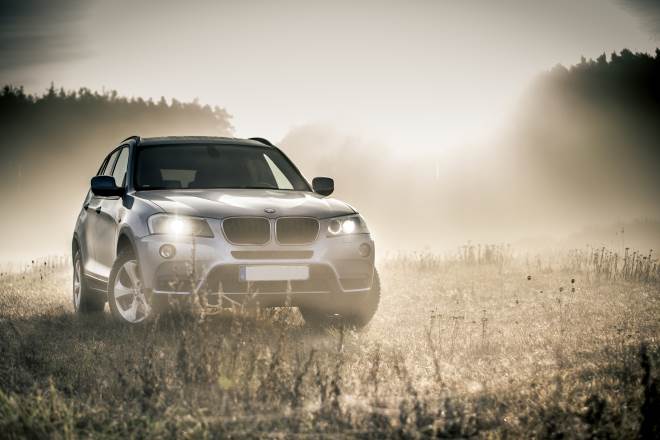From Crossovers to Luxury: What are the Different Classes of SUVs?
Most people who are not car dealers probably think a sport utility vehicle or SUV is just a big truck. Or they might think it's a big expensive truck that takes the place of a station wagon. The truth is the sport utility vehicle is a classification that can describe many kinds of "big expensive trucks," even those that aren't so big and might not even be all that expensive.

The two major sub-categories of SUV are “car based” and “truck based.” While the line between these two types has blurred, there are some hard rules on what category a particular model belongs to. Here are some major classifications of sport utility vehicles.
Crossover
This is where the distinction between car and truck-based vehicles begins. Technically, any “car based” SUV is a crossover, with the term used to describe how SUV features can be applied to a chassis or foundation originally designed for a regular passenger car.
Crossover SUVs or CUVs (for crossover utility vehicle) are built with the body molded into a single unit. They are almost always powered by an engine designed for a car, occasionally with some extra power features, and have correspondingly less towing and cargo capacity.
Their independent suspension and moderate off-road capabilities make crossovers more rugged than the passenger equivalent, but these vehicles are usually not capable of handling major off-road hazards like uneven surfaces or treacherous grades.
CUVs are becoming very popular with drivers who want SUV power at a lower price and in a more maneuverable, practical design.
Compact SUVs
For drivers looking for a higher driving position and a bit more room than the equivalent hatchback or pickup, the compact SUV offers many of the more popular features of the crossover category like independent all-wheel-drive and moderate off-road capability, but their footprint still allows them to park easier and save on fuel.
This category includes many vehicles that also have considerable room, unlike their passenger counterparts.
Small and Mid-Size SUVs
These vehicles are closer to trucks than cars and therefore can have issues with a truck-like ride and occasional difficulty maneuvering in tight positions. Good fuel economy is possible, but rarer than vehicles in the smaller classes. Small SUVs seem to be popular with drivers looking for maximum cargo space without crossing the “truck line.” Some of those drivers are likely to be happier with smaller vehicles that have the same advantages without the extra fuel costs.
The closer these vehicles get to their full-size cousins, the larger their footprint becomes and the more capable they become in off-road situations. This migration almost always forces some kind of tradeoff with features more common in smaller models.
Luxury SUVs and Full-Size SUVs
When drivers are no longer concerned with balancing truck-like features with the positive attributes of passenger cars, they buy full-size or Luxury SUVs. Fuel economy, parking, maneuverability and cost are out the window on these vehicles, but the tradeoff is much better cargo and towing capacity, better off-road handling and capability and all the interior space a driver and passengers could possibly want.
The sport utility vehicle is likely to undergo more transformation as new manufacturing technology makes it possible to continue emphasizing certain features over others in smaller and more efficient body types. The results will be vastly improved categories and potentially much lower costs.




